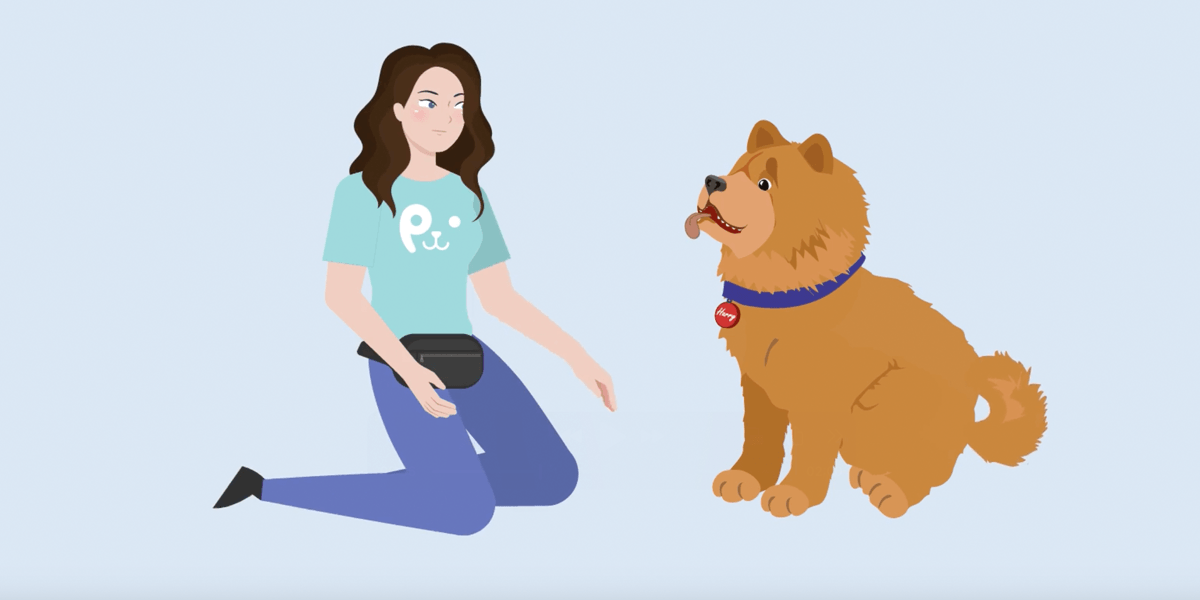1. Orientation: Where your dog is looking and where their body is pointing gives you clues about their focus. This helps you anticipate what they might do next.
- Watch their eyes and body direction.
- Use this to predict their next move.
2. Placement: Your dog’s position relative to what has their attention provides context for their reaction.
- Are they close to you or farther away?
- How near or far is the stimulus (cat, stranger, garbage truck, etc.)?
- Environmental factors can explain what excites or frightens them.
3. Weight: How your dog distributes their weight signals their emotional state.
- Centered = relaxed, baseline.
- Forward = confident and engaged.
- Backward = hesitant or uncertain.
- Leaning in = curious or confidently interested.
- Leaning away = cautious or unsure.
4. Posture: Your dog’s posture reflects their comfort and confidence.
- Standing tall = confident, assertive.
- Crouching low = uncertain or uneasy.
5. Ear Position: Ear movement gives subtle but important clues, though it varies by breed.
- Relaxed = no tension where the head and ears meet (baseline state).
- Semi-erect or turned = alert and paying attention to sounds, smells, or movement.



